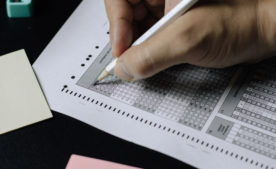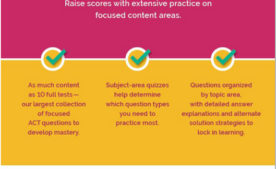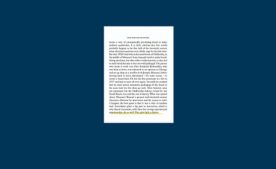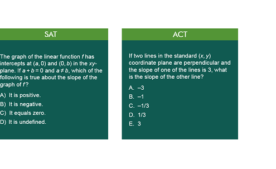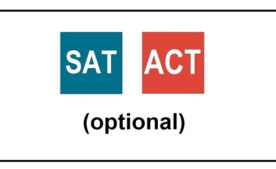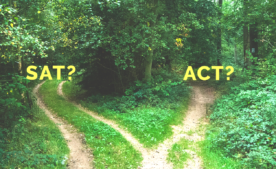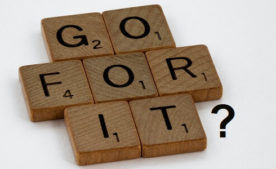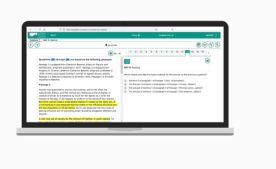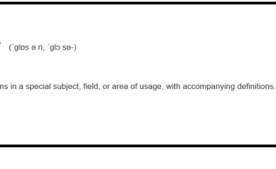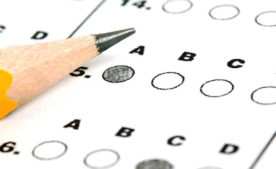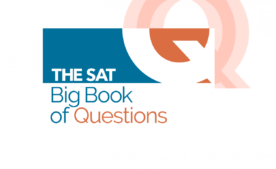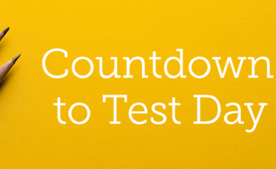Welcome to our series, What’s on the SAT. In this post, we’ll provide an overview of the SAT Math test and share SAT Math strategies you’ll learn and practice during your Summit tutoring program. If you are just starting out on the college admission process, please keep in mind that the best way to decide between the SAT and ACT is to take a practice test of each, then compare the scores and your test-taking experience.
Please note that the following description is for the current version of the SAT. See our other blog posts about the new digital adaptive SAT that is coming spring of 2024 for our U.S.-based students.
The math portion of the SAT is split into two sections, one in which students may use an approved calculator to solve the problems and a second in which they cannot. SAT Math is always third, after the break following the Writing & Language section. The non-calculator portion is presented first; it’s 25 minutes long and has 20 questions, 15 of which are multiple-choice and 5 of which are free response, or “grid-ins.” The calculator-allowed portion is next. It’s 55 minutes long, with 38 questions total: 30 multiple-choice and 8 grid-ins.
SAT Math primarily covers content from pre-algebra, Algebra I, and Algebra II. There are also some questions on geometry and trigonometry, but only 6 total. This is a narrower and more consistent range of topics than we see on the ACT Math test. Compared to ACT Math, the SAT requires a relatively deep understanding of that narrow range of topics. The SAT Math also includes a non-calculator portion, whereas approved calculators are allowed for every question on the ACT Math test. Read more in our post about the SAT vs ACT Math.
The questions on both SAT Math sections are arranged in increasing order of difficulty, which can make time management more challenging for these questions. Later questions are more likely to require multiple steps and involve more advanced concepts, and therefore will require more time. It’s important to know that the difficulty level resets at the start of the grid-ins, so questions 16-17 should be noticeably easier than questions 12-15, for example.
QUESTION TYPES
The questions fall into four main categories: Problem Solving & Data Analysis, Heart of Algebra, Passport to Advanced Math, and Additional Topics in Math.
Problem Solving & Data Analysis is the SAT’s name for pre-algebra. This category is made up of 17 questions meant to address topics most students will have learned before high school, including fractions, ratios, proportions, percentages, and averages. Problem Solving & Data Analysis questions only appear in the calculator-allowed section. Although the material may be considered less advanced, questions from this category can be quite tricky! This is where one-on-one tutoring is especially helpful: in each session, your Summit tutor tailors the content and pacing to your needs. It may be that you’re completely comfortable with ratios, but you can’t remember how to set up more complicated percent problems. Your tutor works with you to identify strengths as well as areas you need to brush up on and helps you plan your test prep accordingly.
The 19 Heart of Algebra questions cover what most people know as Algebra I. The majority of these questions focus on linear functions and their graphs. This may sound straightforward enough, but the SAT tends to pair up elements of these topics that we typically learn in separate algebra units. You’ll need to be comfortable translating components of linear equations and inequalities into real-world situations and moving fluently between mathematical expressions and graphs.
Passport to Advanced Math questions test students’ knowledge of quadratics, exponential functions, and other nonlinear models; in other words, Algebra II material. Some of these 17 questions take the form of word problems with real-world applications, while others are purely algebraic. Again, the SAT is especially interested in the connections between equations and their graphs. Make sure you are familiar with the terminology surrounding each topic that’s tested—that could make the difference between earning and missing a point. Knowledge of the math alone is not enough.
Finally, Additional Topics in Math questions cover geometry and trigonometry. There are only 6 questions total from this category. If geometry is not your strong suit, that may be a good reason to pick the SAT over the ACT, which places a much higher emphasis on that material!
LEARN HOW TO TAKE THE SAT MATH TEST
Many students find that there is a steep learning curve on the SAT math section, because many of the questions are a little different from what we typically see in school. It can certainly be frustrating to struggle with topics you’ve already learned well, but rest assured that familiarity with the SAT’s specific “question types” goes a long way. As part of your Summit prep program, you will learn to recognize the question types. Your tutor can help you prioritize those that appear most frequently, so that you’ll know what to do when you see them again.
Building familiarity with the math sections will also save you time thinking about how to get started on each question—you want to spend the time doing the math, not wondering what math should be done! Your Summit tutor will help you identify which approaches work best for you, which will likely vary by the question. This is a very personal choice that depends on your confidence and competencies in math; there is no one-size-fits-all solution.
Likewise, there is no one-size-fits-all timing strategy for the math section. There is more time per question available on the SAT than the ACT, but time is still limited. Your Summit tutor will tailor a plan for you. Even though the math sections are designed to present the questions in increasing order of difficulty, there’s no guarantee that you and the test-makers agree on what counts as hard. If you’re someone who feels good about the complementary angle theorem, you’ll want to make sure you have the time to get that easy (for you) question, no matter where it falls.
SAT Math Strategies
Use a two-pass approach – Work through each math section once answering everything that comes readily, and don’t get bogged down in anything that seems difficult. Remember, every question is worth one raw point, so you want to ensure that you get to all of the questions that are within your range. A question about vertex form, for example, would likely appear toward the end of the section because it’s a more advanced topic, but if you’ve just learned it, or you happen to be good at it, that question will be a breeze for you. You wouldn’t want to miss it because you spent too long wrestling with a word problem that was never your favorite.
Make Sure You’re Answering the Question Asked – The SAT includes “attractors,” plausible options meant to trap incautious test-takers. These can be particularly devious on multi-step problems. You may have to solve for x, then plug that value into another equation to get y, for example—don’t be distracted if you see the number you got for x listed among the answer choices! Always be extra careful about answering the question as it is asked so you don’t waste good work. There is no partial credit!
Consider Alternate Methods – Don’t get hung up on solving problems the “real” way, and don’t be afraid to let your calculator do some of the work. There are no points for effort, and no one is going to see your work. You want to get as many questions right as possible, so you should solve each question in the fastest and most accurate way, whatever that may be for you. The best approach can vary widely by question type and by test-taker. Your Summit tutor can help you figure out which strategies are your best bet for each question, and how to recognize those question types.
How the Math Sections Impact Your SAT Score
The Math section accounts for half of your overall SAT score with 800 points available. Because it has more questions, the calculator-allowed section is weighted more heavily than the non-calculator section. If you’re a strong math student, you may prefer the SAT to the ACT, where math is only a quarter of your composite score. On the SAT, there is more room for a strong math performance to boost your overall test score.
Questions? Contact us at info@mytutor.com or 1 (800) MY-TUTOR.




